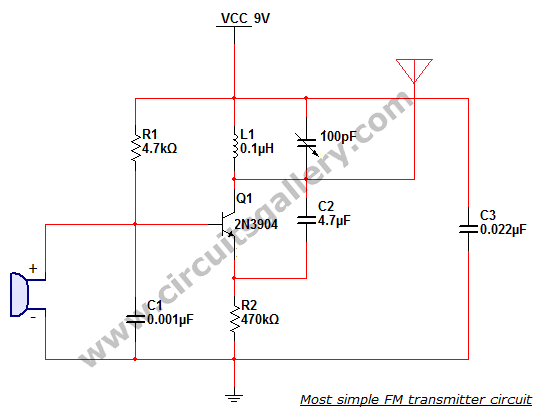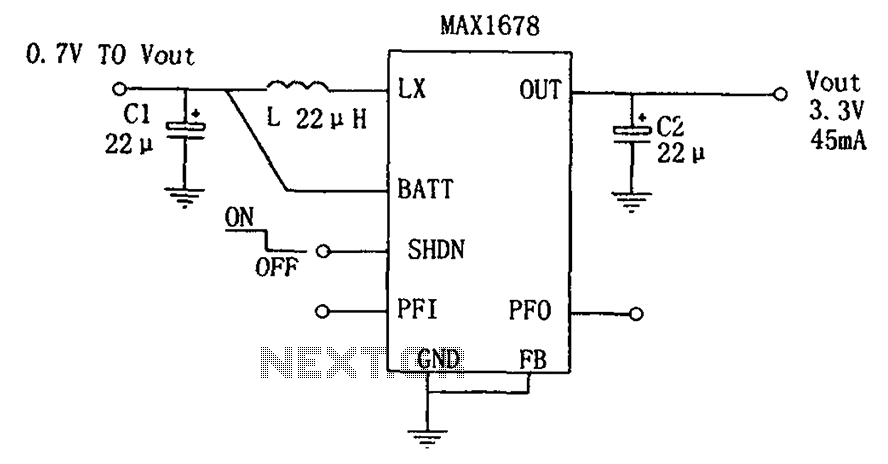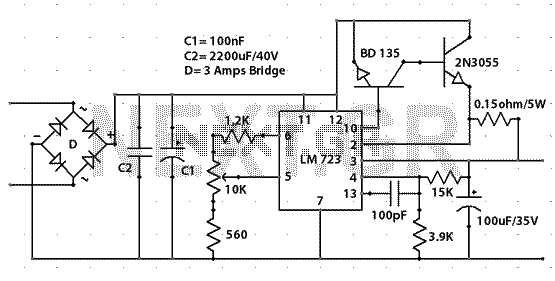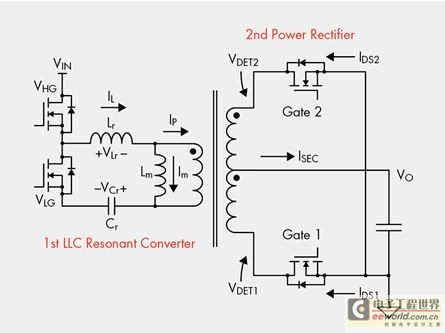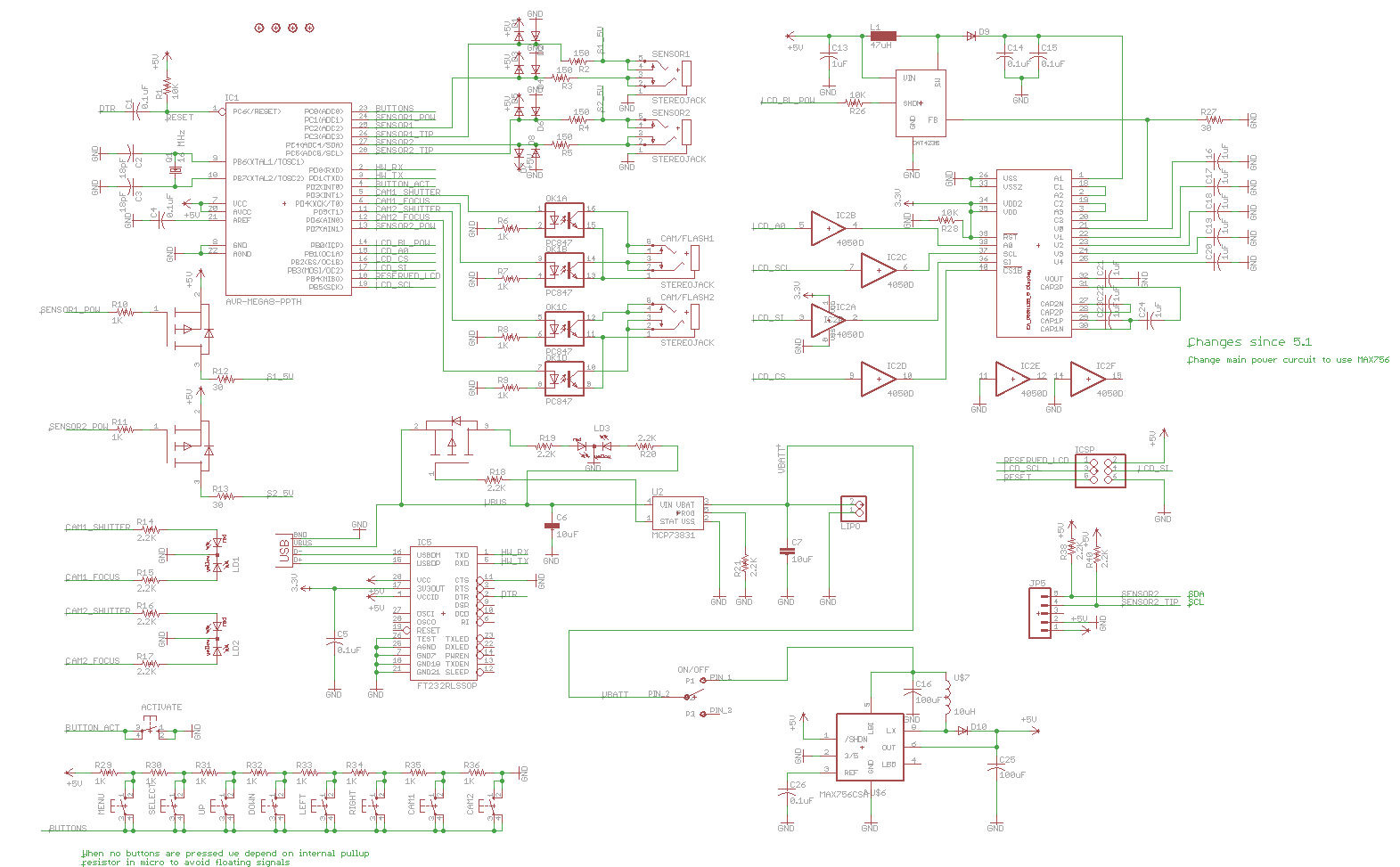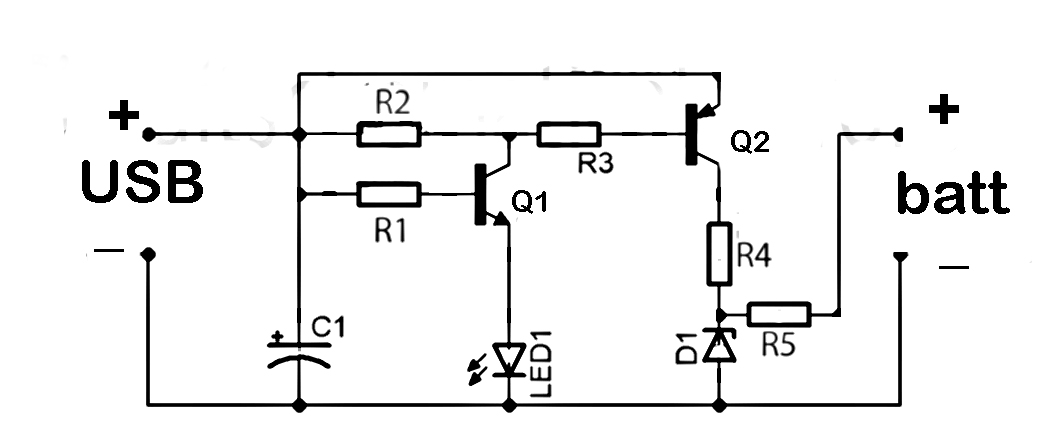
Simple Power Saving Devices
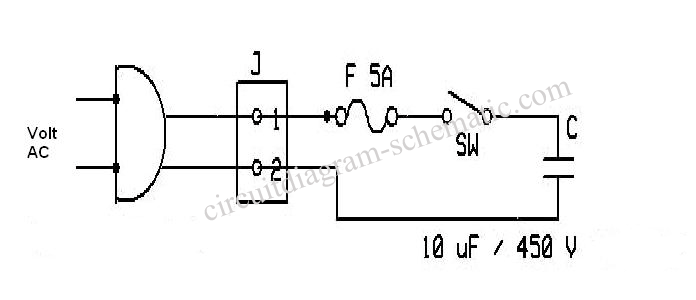
If a tool is needed to save electricity, a simple power-saving device circuit diagram is suitable for testing. This tool can save electricity in a home by 10-25%. Its operation involves reducing the cosine component of AC current curves, which can be measured with a gauge. The power-saving device functions when there is an AC load passing through a coil of wire sensors that measure the current. The underlying scientific principle is aimed at minimizing the largest peak of the AC sine-wave curve, thereby reducing power consumption. The components of the power-saving device that influence the AC flow include capacitors and inductors. It is recommended to install the device before the electricity enters the home network, such as in air conditioner filters. The circuit should be housed in a plastic box, utilizing a high-quality capacitor, as the costlier options tend to perform better. A switch (SW) should be included to provide safety in the event of a short circuit caused by the capacitor.
The described power-saving device operates on the principle of power factor correction, which enhances the efficiency of electrical systems by reducing the phase difference between voltage and current in AC circuits. The circuit typically includes a coil that acts as a current sensor, measuring the AC load. This coil is often wound around a core material that enhances its inductive properties, ensuring accurate current readings.
The capacitor in the circuit plays a crucial role in storing and releasing electrical energy, thus smoothing out the current waveform and reducing harmonics. The choice of capacitor is essential, as higher-quality capacitors can handle greater voltage and current without failure, ensuring reliability and longevity in the circuit's operation. The switch (SW) serves as a safety mechanism, allowing for easy disconnection of the circuit during maintenance or in case of an anomaly, preventing potential damage to the components.
For effective implementation, the circuit should be designed with careful consideration of the ratings of all components, ensuring they are suitable for the expected load. Proper insulation and housing in a plastic box are necessary not only for safety but also to protect the components from environmental factors. This setup can be particularly beneficial in residential applications, where electricity consumption can be significantly reduced, leading to lower energy bills and a reduced carbon footprint.If you need a tool to save electricity you use, so in this article a simple power saving device circuit diagram is very suitable for you to test. Basically, this tool can really save electricity in your home from 10-25%. Work of this tool is simply to reduce the number of cosines of the AC current curves which will be read on a gauge to measure a
mile in your home. The power saving device will work if there is an AC load through a coil of wire sensors to measure the amount of AC current through it. Or a scientific theory is how we can reduce the possibility of the largest peak (peak of the curve of AC (sine-cosine) to read so low.
power saving device component which affects the flow of AC and condenser or capacitor or inductor loop. You can do is flow air conditioner filters before entering the electricity network in your home. Here is a schematic power saving device drawing: Create the circuit in a plastic box. then use a capacitor with good quality, the more expensive the better. to SW is functioning as a safety in case of short circuiting due to the capacitor. 🔗 External reference
The described power-saving device operates on the principle of power factor correction, which enhances the efficiency of electrical systems by reducing the phase difference between voltage and current in AC circuits. The circuit typically includes a coil that acts as a current sensor, measuring the AC load. This coil is often wound around a core material that enhances its inductive properties, ensuring accurate current readings.
The capacitor in the circuit plays a crucial role in storing and releasing electrical energy, thus smoothing out the current waveform and reducing harmonics. The choice of capacitor is essential, as higher-quality capacitors can handle greater voltage and current without failure, ensuring reliability and longevity in the circuit's operation. The switch (SW) serves as a safety mechanism, allowing for easy disconnection of the circuit during maintenance or in case of an anomaly, preventing potential damage to the components.
For effective implementation, the circuit should be designed with careful consideration of the ratings of all components, ensuring they are suitable for the expected load. Proper insulation and housing in a plastic box are necessary not only for safety but also to protect the components from environmental factors. This setup can be particularly beneficial in residential applications, where electricity consumption can be significantly reduced, leading to lower energy bills and a reduced carbon footprint.If you need a tool to save electricity you use, so in this article a simple power saving device circuit diagram is very suitable for you to test. Basically, this tool can really save electricity in your home from 10-25%. Work of this tool is simply to reduce the number of cosines of the AC current curves which will be read on a gauge to measure a
mile in your home. The power saving device will work if there is an AC load through a coil of wire sensors to measure the amount of AC current through it. Or a scientific theory is how we can reduce the possibility of the largest peak (peak of the curve of AC (sine-cosine) to read so low.
power saving device component which affects the flow of AC and condenser or capacitor or inductor loop. You can do is flow air conditioner filters before entering the electricity network in your home. Here is a schematic power saving device drawing: Create the circuit in a plastic box. then use a capacitor with good quality, the more expensive the better. to SW is functioning as a safety in case of short circuiting due to the capacitor. 🔗 External reference
